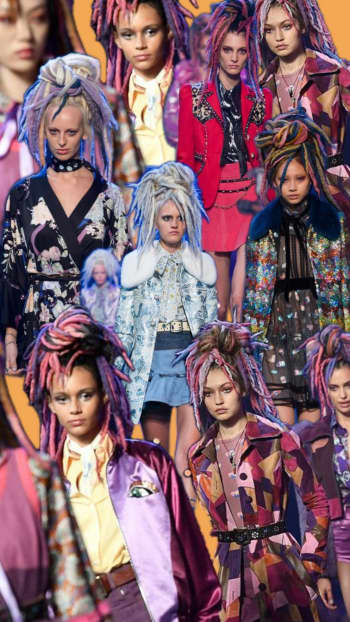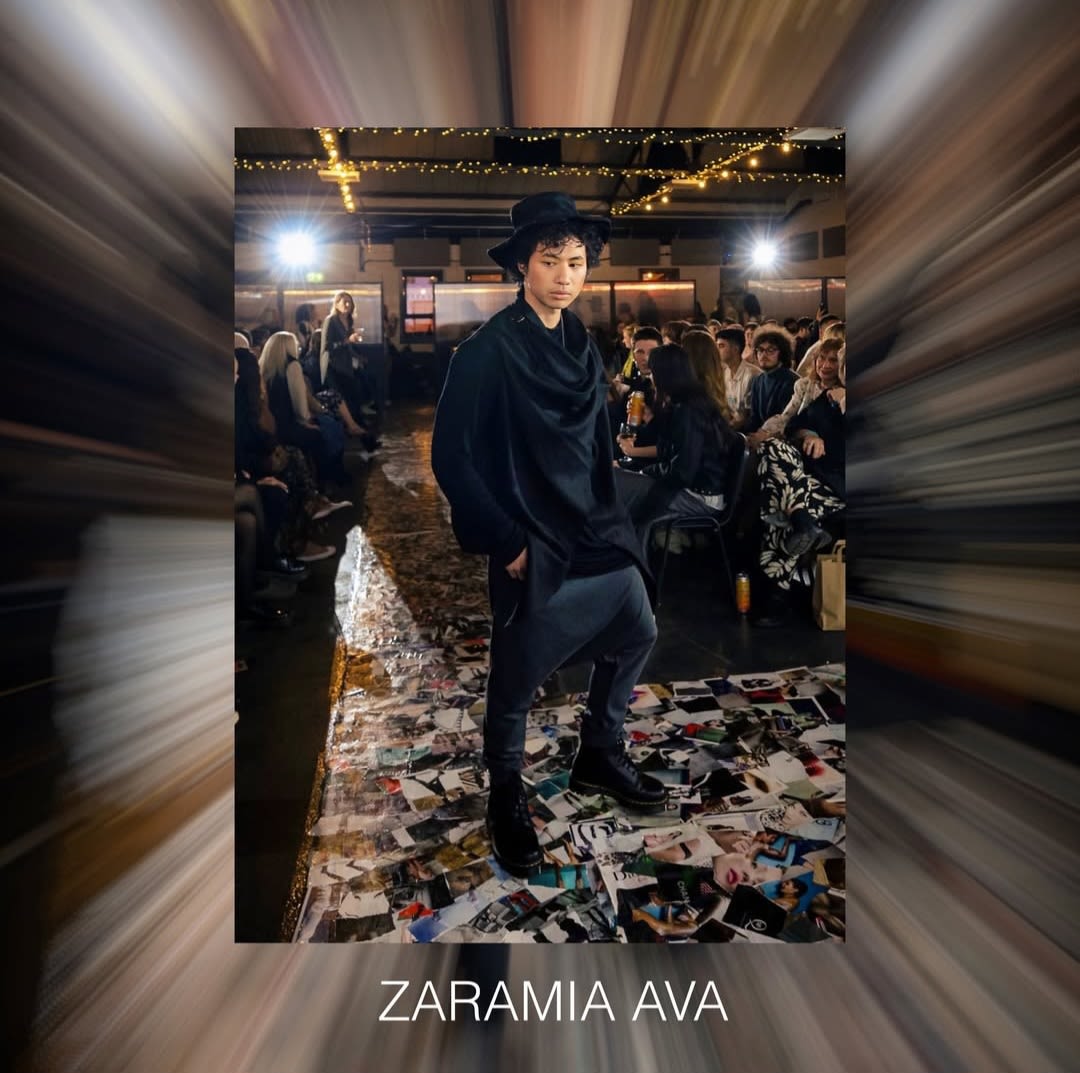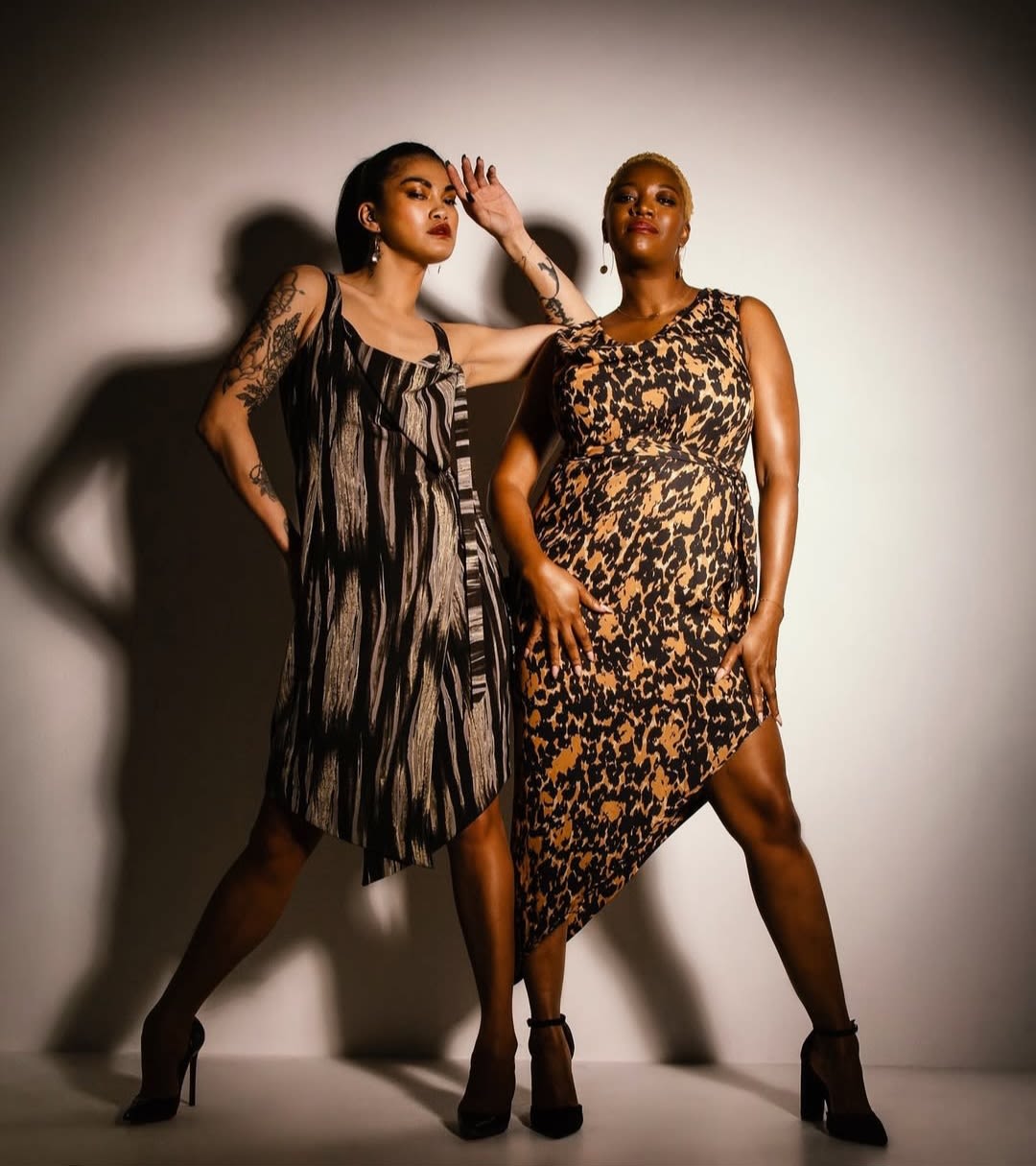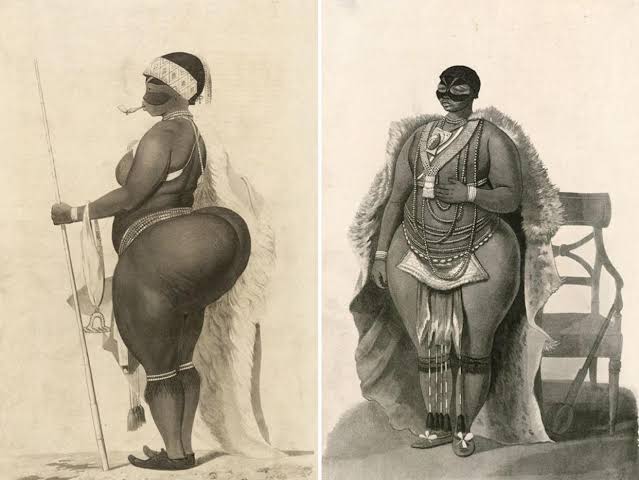Borrowing or Stealing: Cultural Appropriation in Fashion
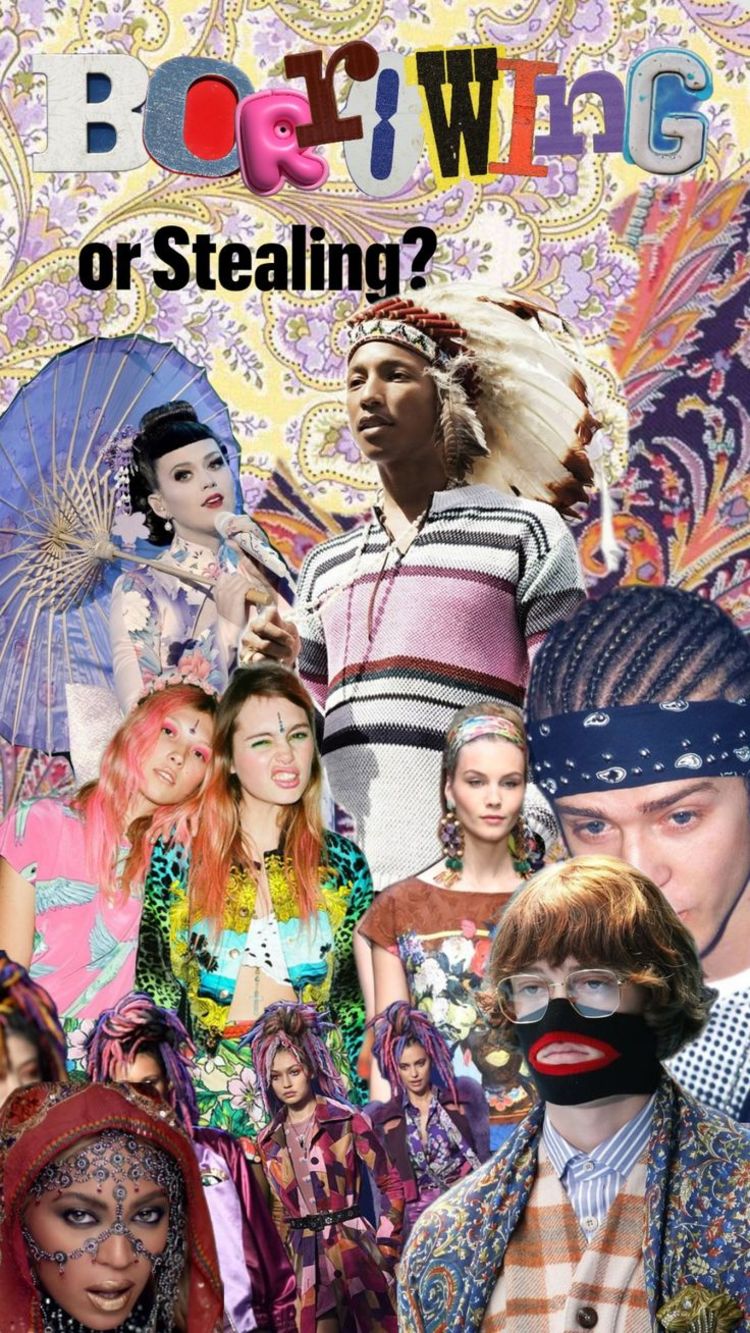
In the world of fashion, your ideas must come from somewhere, and it is almost impossible to create something completely unique without any outside influence and that is very widely understood. However, inspiration can become a problem when it is stolen from a culture that is not your own.
Cultural appropriation has long been an issue where brands will take elements from other cultures with no prior knowledge of the deeper meaning of these garments. These items then lose their rich history and become repackaged for the consumer (Kendall, 2022). This feature will explore cultural appropriation in fashion, its impact and how we can learn to appreciate cultures without exploitation.
Types of Cultural Appropriation
Photo by Riccardo Trimeloni on Unsplash
Photo by Riccardo Trimeloni on Unsplash
Dominance
The dominant culture in society uses parts of minority cultures.
Photo by Tom Watkins on Unsplash
Photo by Tom Watkins on Unsplash
Exchange
Two communities exchange aspects of their respective cultures. These cultures are typically equal in power.
Photo by Ian Macharia on Unsplash
Photo by Ian Macharia on Unsplash
Exploitation
The dominant culture takes parts of minority cultures without compensation or credit.

Cultural appropriation was rampant in the early to mid 2000s with all the white stars of the time rocking cornrows, dressing as geishas and setting all their music videos in India wearing henna and bindis (Twersky, 2018). Nobody seemed to hold any issue with it then so why are so many people now getting ‘cancelled’ for so called appropriation?
The issue is lack of context and recognition of where things come from originally. You must be able to understand people's frustration, for example south Asian women who were bullied in school for hair oiling opening TikTok to see thousands of white women describing it as a “new haircare trend” as if it hasn't been around for hundreds of years (Bowman, 2022). The same applies in the world of fashion.
Marc Jacobs was heavily criticised for during his 2017 spring show styling his models hair with colourful wool locks claiming to be inspired by the likes of Boy George yet failing to acknowledge the fact that black people started this trend years before.
To make this worse when called out he stated “And all who cry "cultural appropriation" or whatever nonsense about any race of skin color wearing their hair in a particular style or manner - funny how you don't criticize women of color for straightening their hair.” and “I respect and am inspired by people and how they look. I don’t see colour or race—I see people. I’m sorry to read that so many people are so narrow-minded… Love is the answer. Appreciation of all and inspiration from anywhere is a beautiful thing. Think about it.”
He then later retracted this statement and apologised for his “lack of sensitivity.”
The annoyance of many Netizens came from less the locks themselves but how he handled the backlash. They argued had he expressed the origins of the locks it would not have been an issue, and it was more his refusal to be educated by those on the internet of whose culture he had taken advantage. (CNN, 2016)
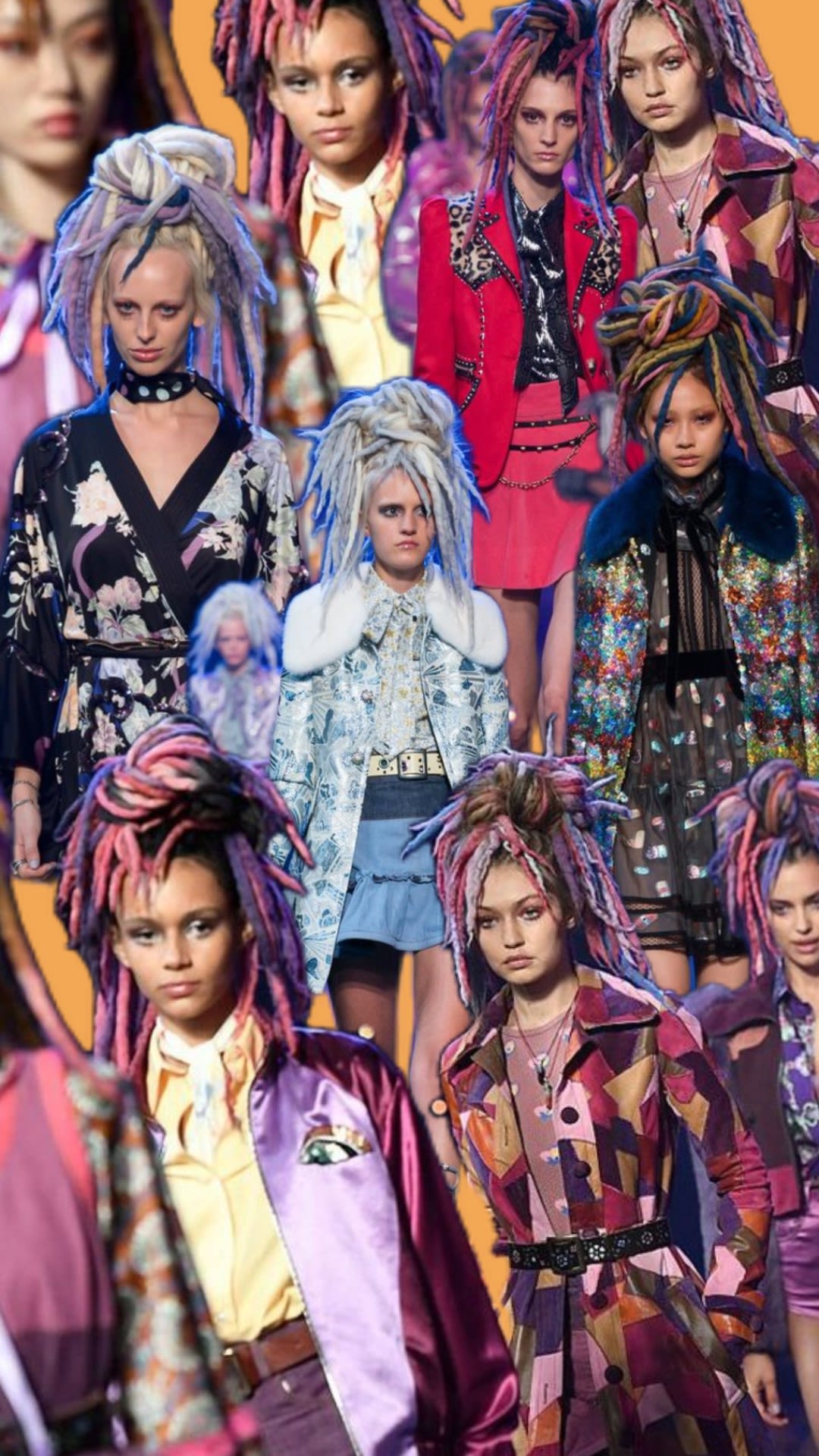
Digital PR Content and Research Executive Eve Franklin stated when fashion brands are accused of cultural appropriation the PR steps they should take are “making a physical effort to rectify the situation and win back the trust and support of their customers” such as donating to a certain cause relating to the culture or asking for input from a person part of that culture which clearly didn't happen here. We all make mistakes but when you're in the public eye, especially in the world of fashion, you must be very aware of how you handle it.
There is a very real legal side to the world of cultural appropriation which people are largely unaware of, many would assume cultural appropriation arises from internet discourse and call all be fixed with a quick apology tweet however this is not necessarily always the case. The New York City Commission on Human Rights had a high-profile case with Prada relating to their alleged blackface, the Navajo tribe acted against Urban Outfitters for usage of their name on their products and the Mexican culture minister targeted the Carolina Herrera brand’s alleged use of Mexican indigenous groups’ design styles.
Urban Outfitters Navajo line they faced legal action against. Pic Cred: thenerdfashionist.blogspot.com
Urban Outfitters Navajo line they faced legal action against. Pic Cred: thenerdfashionist.blogspot.com
Temiloluwa Oyerinde a multidisciplinary creative and law student and member of the Bowen University Legal Clinic’s corporate law team stated regarding how brands can avoid these issues
“To protect themselves, brands can:
• Take proactive steps to avoid cultural appropriation.
• Collaborate with cultural communities and involve them in the design process.
• Obtain proper authorization and compensation for using cultural symbols or designs.
• Conduct cultural sensitivity training for their teams.
• Implement cultural appropriation policies.
• Conduct thorough research and educate themselves about the cultural significance of traditional motifs, patterns, and techniques.
• Be transparent about cultural inspirations and influences.
• Take responsibility for any cultural missteps and learn from them.
She also stated “Fashion brands should navigate the balance between legal permissibility and ethical correctness by prioritizing respect for cultural heritage and avoiding harm to marginalized groups. Even if an action is legally permissible, if it disrespects a culture, trivializes sacred symbols, contributes to the erosion of cultural identity, or perpetuates power imbalances, it is ethically problematic.”
However, there are not only legal reasons to avoid cultural appropriation, working and collaborating in a way in which cultures can be appreciated honestly and fairly is beneficial for everyone.
Zero waste sustainable fashion brand ZARAMIA AVA is often inspired by the traditional dress of different cultures, but they have a much more ethical approach than the aforementioned designers. They choose to collaborate, “Collaboration is vital in ethical fashion because it creates a system of mutual respect and benefit. Working directly with artisans, designers can help to keep cultural techniques alive and valued, ensure that artisans receive fair wages and recognition for their work and keep designs true to their cultural roots while fostering genuine appreciation.” It's a total win-win situation.
Cultural appropriation in fashion has bigger impacts that just celebrity cancellation, it causes already discriminated communities to feel entirely misrepresented, studies have even found that stereotypes can decrease self-worth in Indigenous communities (Leavitt et al., 2015).
Lanette Richardson, Law and Business professional in entertainment and author of ‘The Backwards Hat: Culture, Expression and Leadership’ stated “This imbalance of power is seen in how non-Black or non-Indigenous designers can incorporate Black or Indigenous cultural elements in their designs and profit from them, while the original communities face discrimination or marginalization. Fashion industry power dynamics often give little regard to how these communities might feel about the use of their cultural heritage.”
It is also important to note that not only do we buy into cultural dress but also into ethnic features such as the big lips, curves and hairstyles typically seen on black women also known as “Black fishing”. White models and influencers are praised for altering themselves to carry these features when black women were constantly degraded and even deemed ‘freaks’ (see Sarah Baartman) for possessing the same look (Carmen Ghazi , 2020).
ZARAMIA AVA's designs. Pic Cred: ZARAMIA AVA Instagram
ZARAMIA AVA's designs. Pic Cred: ZARAMIA AVA Instagram
ZARAMIA AVA's designs. Pic Cred: ZARAMIA AVA Instagram
ZARAMIA AVA's designs. Pic Cred: ZARAMIA AVA Instagram
Sarah Baartman, an international sensation of objectification deemed a freak for her natural curves. Pic Cred: British Library
Sarah Baartman, an international sensation of objectification deemed a freak for her natural curves. Pic Cred: British Library
As consumers we must assume some responsibility for our purchasing habits. It takes little to no time to do a simple google search and discern if a brand is selling something they stole from another culture for commercialisation or something they worked with educated people to help produce something beautiful to share with consumer as a way to appreciate and honor that culture rather than exploit it for profit.
Pic Cred: Maia Olusanya, Shuffles
Pic Cred: Maia Olusanya, Shuffles
By taking the time to research the origins of what we buy and support brands that engage in ethical collaborations, we can help shift the fashion industry toward genuine appreciation rather than exploitation. Fashion should be a space where culture is celebrated with integrity, not stripped of its meaning for profit.
“Branding is storytelling, and human beings have always been storytellers. If you think of the best fashion brand, it comes from the certain perspective of that designer, it's a story that the designer wanted to tell. I think the problem now is that everything has been stripped of context and so if you want to be a responsible consumer, look for the context and then you'll know quickly whether this is just appropriating something or appreciating, because then when you look for the context, you'll learn something, you'll get a different perspective. You discover our whole world of people, cultures, things and places.”
- Creative Strategist and Brand Designer Lineo Kakole -




